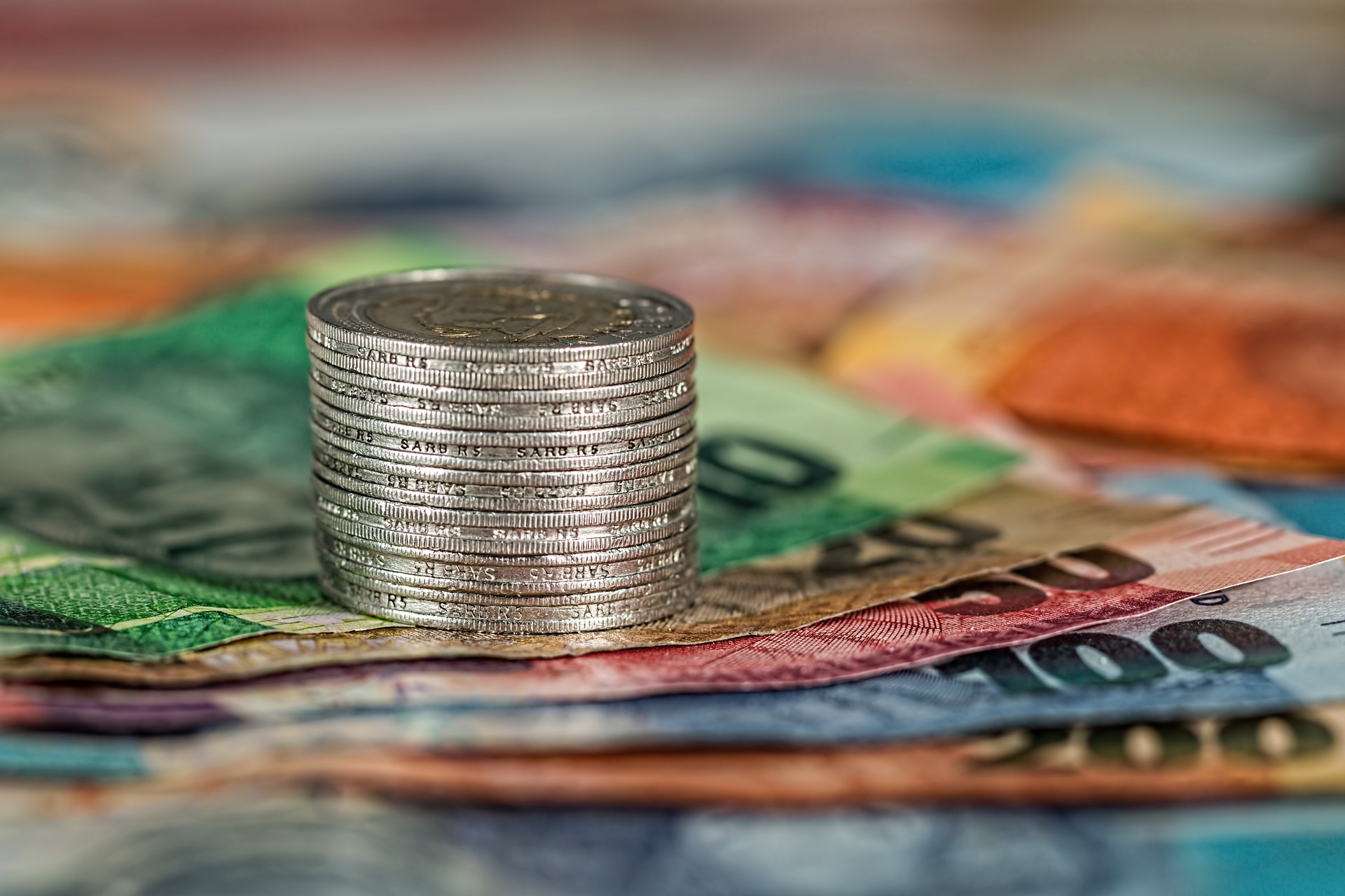One of the best-known characteristics of ETFs are their low costs. But what exactly is low cost and does low cost mean good value?
The cheapest ETFs in Europe at the moment are Lyxor's Core Morningstar UK ETF and equivalent US equity ETF which have a total expense ratio of 0.04%. The next cheapest equivalent ETFs are around 0.07%.
These low costs have been driven by the increasingly competitive landscape - since 2012 the SPDR S&P 500 ETF (SPX5) has been reduced from 0.15% to 0.09%, while even Vanguard lowered its fees with its VUSA/VUSD going from 0.09% to 0.07%. Plenty of other ETFs have had a haircut too.
But does a low expense ratio means low cost?
Not always. There are several other factors to consider.
Dave Nadig at ETF.com explains that value-for-money comes down to the investor's situation. "For a long-term investor, expense ratio really is the main thing investors use as the guide, although I would argue getting the correct exposure is more important. A cheap S&P 500 ETF isn't "good value" if you're using that as a proxy, say, for the global equity market.
He's not alone in this thinking.
Adam Laird, head of ETF Strategy, Northern Europe, at Lyxor, says: "Cost shouldn't be the starting point for investing. The first and most important question is: what are you buying? Choose an investment that's right for your circumstances - not just because it's cheap. Once you've decided your market and strategy, cost is probably the biggest question - with the most long-term impact it's the biggest thing you can control."
What you pay for in an ETF does not just include the expense ratio. There are other costs such as management fee (which is sometimes wrapped into the total expense ratio) - Xtrackers separates the management fee and expense ratio for its ETFs.
Net asset value
Another cost to look out for is the net asset value (NAV), which is the value of the assets held by the ETF. Because ETFs trade on an exchange there is also a market price, which the NAV is above or below. If the price is below the NAV, then the ETF is trading at a discount, if it's trading above the current the NAV, it's at a premium. This can blow out in times of market stress, and should also be taken account of alongside the TER.
By way of example, CSOP Source's FTSE China A50 UCITS ETF (CHNA), has an expense ratio of 0.65%, roughly $17m in AUM, and at the time of writing was trading at a premium of 1.85%. This compares with a similar costing China Lyxor's Fortune SG MSCI China A DR UCITS ETF (CNAA), assets of $43.2m, and at the time of writing, trading at a premium of 0.49%.
The assets in the ETF are also worth noting - a cheap ETF that has no funds in or isn't traded often, can become costly. This is because the spread is likely to be wider and therefore cost more when buying or selling. The most liquid ETFs are most likely to have bid/ask spreads that are very narrow. This may not be the case with these ETFs mentioned in this article, but it's something to be aware of.
Different types of investors also choose ETFs based on their approach to the market.
For example, ETF traders are likely to focus on handle size and spreads. Nadig explains that these matter for traders more than actual expense ratio. "It's why funds like GLD [a US gold ETF] still exist, even though there are cheaper competitors out there. If you're trading it in size, frequently, GLD will still be "cheaper" from a total cost of ownership perspective."
There are also tax considerations. For some investors it's the biggest turn on or off about a product, for others it's irrelevant.
However, cost is clearly one of the leading factors. As Lyxor's 0.04% ETFs reflect. Since launching its ultra low cost core range - which includes 16 funds - it already has assets of €4.3bn and in the first two weeks of this year has raised a further €200m.
Which clearly shows that cost is king for many investors.




